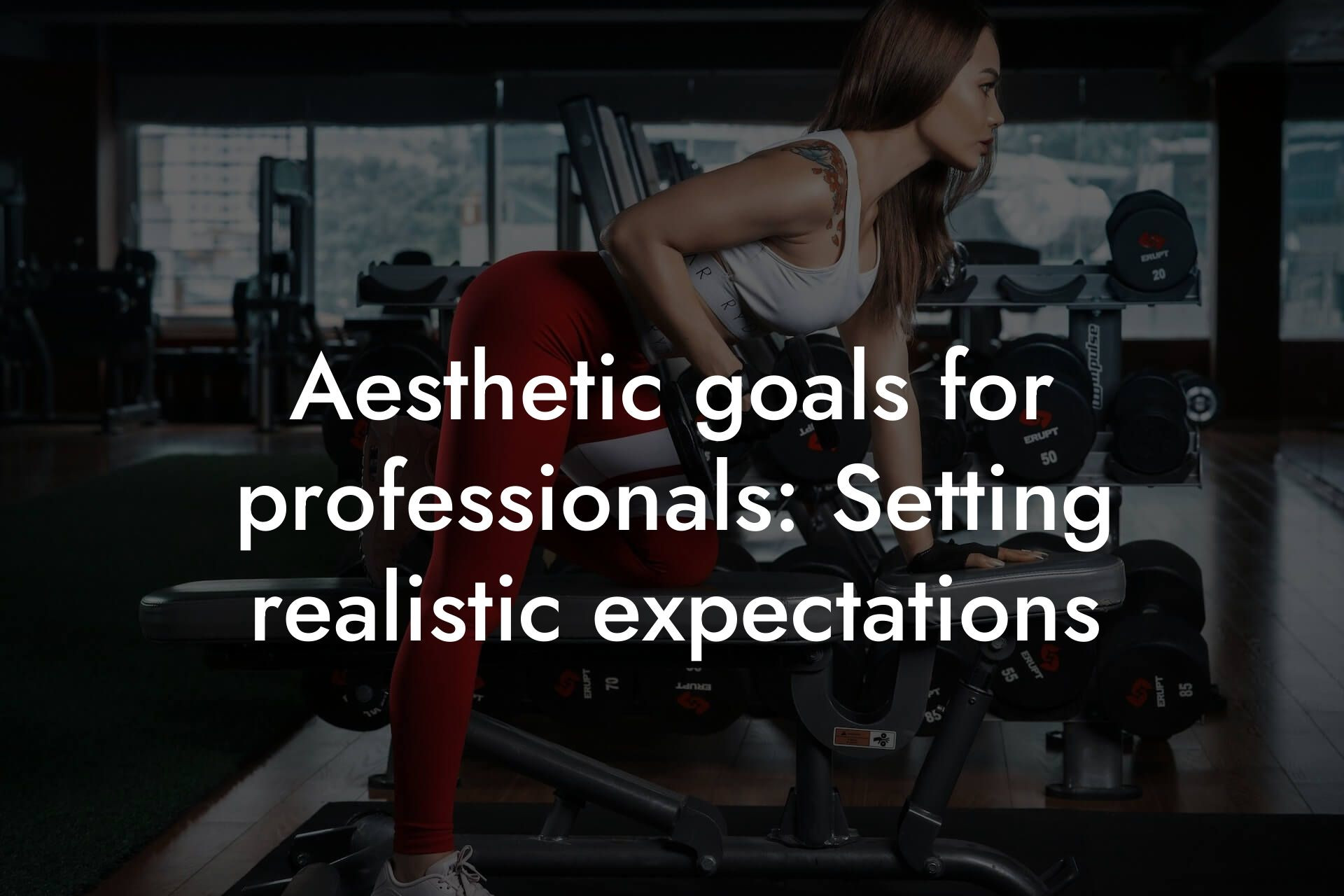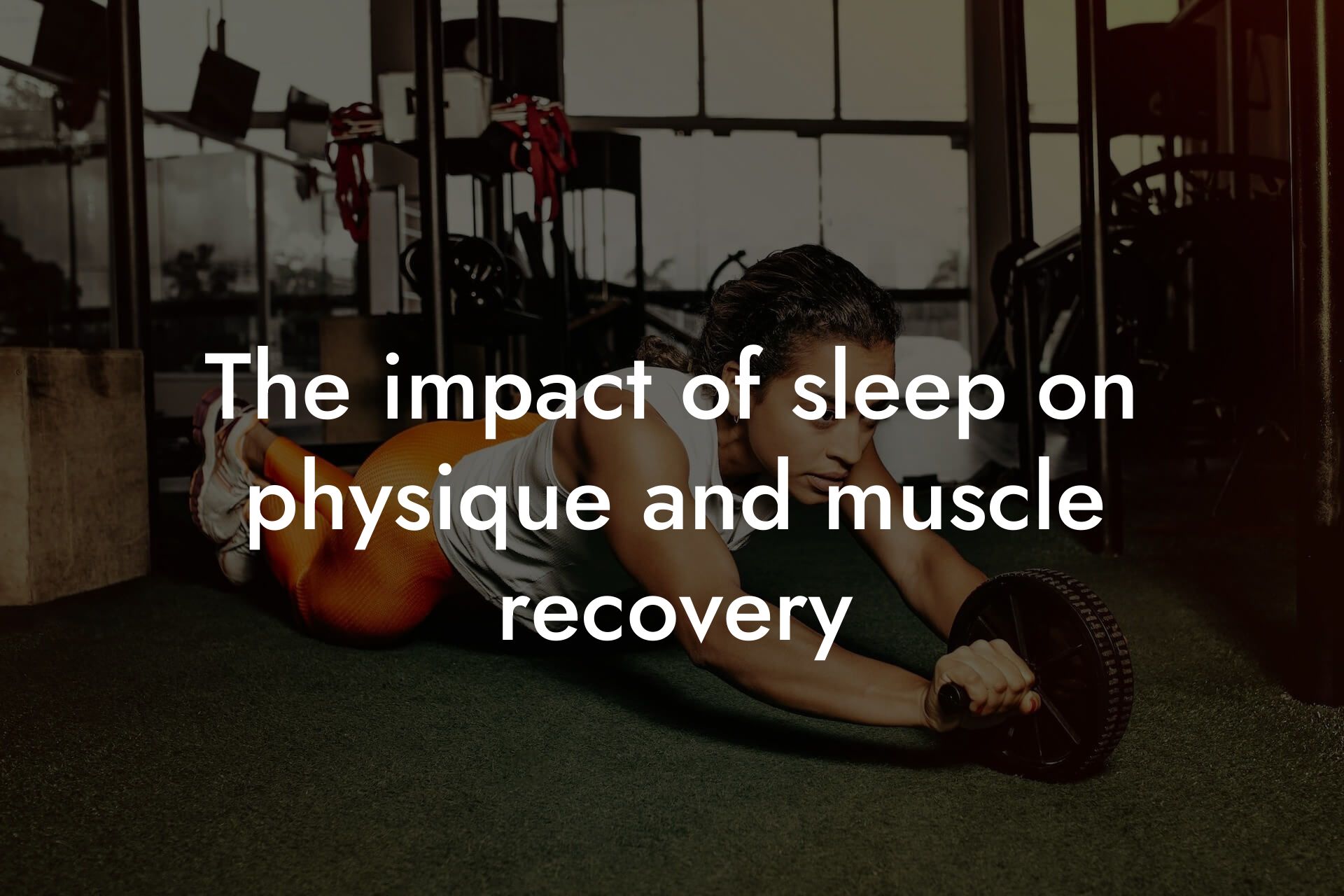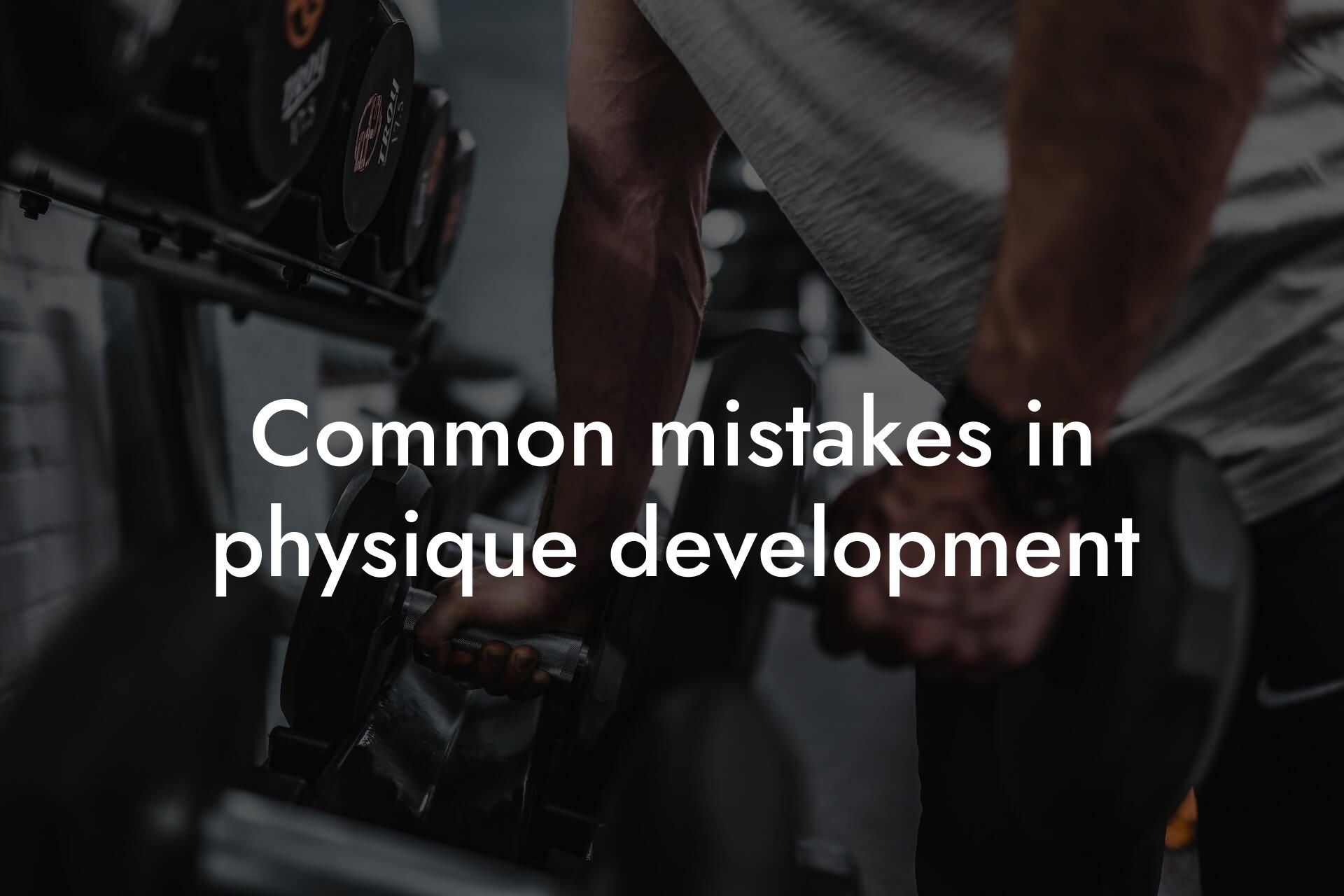As a high-earning professional, you understand the importance of presenting yourself in the best possible light. A well-toned physique not only boosts your confidence but also reflects positively on your professional image. At Tano Performance Group, we believe that a combination of regular exercise and a comprehensive body assessment using our state-of-the-art DEXA machine is the key to achieving your fitness goals. In this article, we'll explore the top workouts to enhance your physique, helping you look and feel your best.
Table of Contents
Understanding Your Body Composition
Before we dive into the top workouts, it's essential to understand your body composition. A DEXA scan provides a detailed breakdown of your body fat percentage, lean muscle mass, and bone density. This information is crucial in creating a personalized workout plan that targets your specific needs and goals. At Tano Performance Group, our DEXA machine provides a comprehensive body assessment, giving you a clear understanding of your body composition and helping you track your progress over time.
Building Lean Muscle Mass
Increasing lean muscle mass is essential for a toned physique. Resistance training exercises, such as weightlifting, are an effective way to build muscle. Focus on compound exercises like squats, deadlifts, and bench press, which work multiple muscle groups at once. Aim to do 3-4 sets of 8-12 reps for each exercise to stimulate muscle growth.
High-Intensity Interval Training (HIIT)
HIIT is a highly effective way to burn fat and improve cardiovascular fitness. This type of training involves short bursts of high-intensity exercise followed by brief periods of rest. Examples of HIIT workouts include sprint intervals, burpees, and jump squats. Incorporate HIIT into your routine 2-3 times a week to see significant improvements in your physique.
Core Strengthening Exercises
A strong core is essential for good posture, balance, and overall athletic performance. Incorporate exercises like planks, Russian twists, and leg raises into your workout routine to target your core muscles. Aim to do 3-4 sets of 12-15 reps for each exercise to see significant improvements in your core strength.
Cardiovascular Exercise
Regular cardiovascular exercise is essential for burning fat and improving overall fitness. Aim to do at least 150 minutes of moderate-intensity cardio per week, including exercises like jogging, cycling, and swimming. You can also incorporate high-intensity cardio exercises like boxing or kickboxing to boost your metabolism and burn fat.
Focusing on Your Weaknesses
Everyone has areas of their body they'd like to improve. Identify your weaknesses and create a workout plan that targets those areas. For example, if you have weak shoulders, incorporate exercises like shoulder presses and lateral raises into your routine. Focus on progressive overload, gradually increasing the weight or resistance to challenge your muscles and promote growth.
Incorporating Functional Training
Functional training exercises, such as plyometrics and agility drills, improve your overall athleticism and functional fitness. These exercises mimic real-life movements, helping you develop strength, power, and speed. Incorporate functional training exercises into your routine 1-2 times a week to see significant improvements in your overall fitness.
Progressive Overload and Consistency
Progressive overload is a fundamental principle of muscle growth and development. Gradually increase the weight, resistance, or reps over time to challenge your muscles and promote growth. Consistency is also key, aim to exercise at least 3-4 times a week, with at least one day of rest in between. Stick to your workout plan and track your progress using a DEXA scan to see significant improvements in your physique.
Nutrition and Recovery
A well-balanced diet and adequate recovery are crucial for muscle growth and development. Focus on consuming lean protein, complex carbohydrates, and healthy fats to fuel your body. Aim to eat 1-1.5 grams of protein per kilogram of body weight daily to support muscle growth. Additionally, prioritize rest and recovery, aiming for 7-9 hours of sleep per night and taking rest days as needed.
Frequently Asked Questions
What is the best workout routine for beginners?
As a beginner, it's essential to start with a workout routine that's both effective and sustainable. We recommend starting with a full-body workout routine that targets all major muscle groups, such as squats, deadlifts, bench press, and rows. Aim to do 3-4 sets of 8-12 reps for each exercise, and gradually increase the weight as you get stronger. It's also crucial to incorporate rest days and stretching exercises to avoid injury and promote recovery.
How often should I work out to see results?
The frequency of your workouts depends on your fitness goals and current fitness level. If you're a beginner, we recommend starting with 2-3 times per week and gradually increasing the frequency as your body adapts. For more advanced individuals, 4-5 times per week may be necessary to see significant results. However, it's essential to remember that rest and recovery are just as important as the workout itself, so make sure to prioritize rest days and active recovery techniques like foam rolling and stretching.
What is the most effective way to lose body fat?
Losing body fat requires a combination of a healthy diet, regular exercise, and patience. We recommend focusing on whole, nutrient-dense foods like lean proteins, complex carbohydrates, and healthy fats, while limiting processed and high-sugar foods. In terms of exercise, high-intensity interval training (HIIT) and strength training have been shown to be highly effective for burning fat and building lean muscle. Aim to create a calorie deficit of 500-1000 calories per day through a combination of diet and exercise to see significant results.
How do I build muscle mass?
Building muscle mass requires a combination of proper nutrition, consistent training, and sufficient rest. We recommend consuming a calorie-surplus diet that's high in protein (1.6-2.2 grams per kilogram of body weight) and complex carbohydrates, while also incorporating strength training exercises that target all major muscle groups. Aim to do 3-4 sets of 8-12 reps for each exercise, and gradually increase the weight as you get stronger. Additionally, prioritize rest and recovery techniques like foam rolling, stretching, and proper sleep to aid in muscle growth and repair.
What are the best exercises for building a strong core?
A strong core is essential for overall athletic performance and injury prevention. We recommend incorporating exercises like planks, side planks, Russian twists, and leg raises into your workout routine. These exercises target the transverse abdominis muscle, which is responsible for stabilizing the spine and pelvis. Aim to do 3-4 sets of 8-12 reps for each exercise, and gradually increase the difficulty as you get stronger.
How do I improve my bone density?
Improving bone density requires a combination of proper nutrition, regular exercise, and sufficient vitamin D and calcium intake. We recommend incorporating weight-bearing exercises like squats, deadlifts, and lunges into your workout routine, as well as high-impact activities like running and jumping. Additionally, consume a diet rich in calcium and vitamin D, and consider supplementing with these nutrients if necessary. Aim to get at least 30 minutes of weight-bearing exercise per day to see significant improvements in bone density.
What is the best way to track my progress?
Tracking your progress is essential for staying motivated and seeing results. We recommend taking progress photos, measurements, and weight readings on a regular basis. Additionally, consider tracking your workouts and nutrition using a fitness app or journal. This will help you identify patterns and make adjustments to your routine as needed. Aim to track your progress at least once per week, and adjust your routine accordingly.
How do I stay motivated and avoid plateaus?
Staying motivated and avoiding plateaus requires a combination of variety, accountability, and goal-setting. We recommend changing your workout routine every 4-6 weeks to avoid boredom and prevent plateaus. Additionally, consider working with a personal trainer or fitness coach to provide accountability and guidance. Set specific, measurable, and achievable goals for yourself, and celebrate your successes along the way. Finally, remind yourself why you started in the first place, and focus on the progress you've made so far.
What are the best exercises for improving flexibility and mobility?
Improving flexibility and mobility requires a combination of stretching, foam rolling, and dynamic movement. We recommend incorporating exercises like squats, lunges, and leg swings into your workout routine, as well as static stretches like hamstring and hip flexor stretches. Additionally, consider incorporating foam rolling and self-myofascial release techniques to improve circulation and reduce muscle tension. Aim to do 10-15 minutes of stretching and foam rolling per day to see significant improvements in flexibility and mobility.
How do I prevent injury and promote recovery?
Preventing injury and promoting recovery requires a combination of proper warm-up and cool-down techniques, as well as adequate rest and recovery time. We recommend incorporating dynamic warm-ups like leg swings and arm circles into your workout routine, as well as static stretches like hamstring and hip flexor stretches after your workout. Additionally, prioritize rest days and active recovery techniques like foam rolling, stretching, and light cardio to aid in recovery. Aim to get at least 7-9 hours of sleep per night to aid in muscle repair and recovery.
What is the best way to fuel my body for optimal performance?
Fueling your body for optimal performance requires a combination of proper nutrition, hydration, and supplementation. We recommend consuming a balanced diet that's high in protein, complex carbohydrates, and healthy fats, while also staying hydrated by drinking at least 8-10 glasses of water per day. Additionally, consider supplementing with nutrients like creatine, protein powder, and branched-chain amino acids (BCAAs) to aid in muscle growth and recovery. Aim to eat a balanced meal or snack every 2-3 hours to maintain energy levels and support muscle growth.
How do I get rid of belly fat?
Getting rid of belly fat requires a combination of a healthy diet, regular exercise, and stress management. We recommend consuming a diet that's high in whole, nutrient-dense foods like lean proteins, complex carbohydrates, and healthy fats, while limiting processed and high-sugar foods. Additionally, incorporate exercises like planks, crunches, and leg raises into your workout routine to target the abdominal muscles. Finally, prioritize stress management techniques like meditation, yoga, and deep breathing to reduce cortisol levels and promote fat loss.
What are the best exercises for building a strong back?
A strong back is essential for overall athletic performance and injury prevention. We recommend incorporating exercises like deadlifts, rows, and lat pulldowns into your workout routine, as well as exercises that target the trapezius and rhomboid muscles like shrugs and Superman rows. Aim to do 3-4 sets of 8-12 reps for each exercise, and gradually increase the weight as you get stronger.
How do I improve my overall athletic performance?
Improving overall athletic performance requires a combination of strength training, conditioning, and flexibility exercises. We recommend incorporating exercises like squats, deadlifts, and bench press into your workout routine, as well as conditioning exercises like sprints, burpees, and jump squats. Additionally, prioritize flexibility exercises like stretching and foam rolling to improve range of motion and reduce muscle tension. Aim to do 2-3 strength training sessions per week, and 1-2 conditioning sessions per week to see significant improvements in athletic performance.
What are the best exercises for building strong legs?
Building strong legs requires a combination of exercises that target the quadriceps, hamstrings, glutes, and calves. We recommend incorporating exercises like squats, deadlifts, lunges, and leg press into your workout routine, as well as exercises that target the glutes like glute bridges and hip thrusts. Aim to do 3-4 sets of 8-12 reps for each exercise, and gradually increase the weight as you get stronger.
How do I get started with weightlifting?
Getting started with weightlifting requires a combination of proper form, technique, and progression. We recommend starting with lighter weights and gradually increasing the weight as you get stronger. Additionally, prioritize proper form and technique over the amount of weight you're lifting, and consider working with a personal trainer or fitness coach to provide guidance and accountability. Aim to do 2-3 weightlifting sessions per week, and gradually increase the frequency as you get stronger.
What are the best exercises for improving cardiovascular health?
Improving cardiovascular health requires a combination of aerobic exercises like cardio, high-intensity interval training (HIIT), and strength training. We recommend incorporating exercises like running, cycling, and swimming into your workout routine, as well as HIIT exercises like burpees, jump squats, and mountain climbers. Additionally, prioritize strength training exercises that target the heart and lungs like push-ups, rows, and lunges. Aim to do 2-3 cardio sessions per week, and 1-2 strength training sessions per week to see significant improvements in cardiovascular health.
How do I stay accountable and motivated?
Staying accountable and motivated requires a combination of goal-setting, tracking progress, and accountability. We recommend setting specific, measurable, and achievable goals for yourself, and tracking your progress using a fitness app or journal. Additionally, consider working with a personal trainer or fitness coach to provide accountability and guidance, or joining a fitness community or group to stay motivated and inspired. Aim to track your progress at least once per week, and adjust your routine accordingly.
What are the best exercises for building strong shoulders?
Building strong shoulders requires a combination of exercises that target the deltoids, trapezius, and rhomboid muscles. We recommend incorporating exercises like shoulder presses, lateral raises, and front raises into your workout routine, as well as exercises that target the trapezius and rhomboid muscles like shrugs and Superman rows. Aim to do 3-4 sets of 8-12 reps for each exercise, and gradually increase the weight as you get stronger.
How do I improve my overall fitness level?
Improving overall fitness level requires a combination of strength training, conditioning, and flexibility exercises. We recommend incorporating exercises like squats, deadlifts, and bench press into your workout routine, as well as conditioning exercises like sprints, burpees, and jump squats. Additionally, prioritize flexibility exercises like stretching and foam rolling to improve range of motion and reduce muscle tension. Aim to do 2-3 strength training sessions per week, and 1-2 conditioning sessions per week to see significant improvements in overall fitness level.
What are the best exercises for building strong arms?
Building strong arms requires a combination of exercises that target the biceps, triceps, and forearms. We recommend incorporating exercises like bicep curls, tricep extensions, and forearm curls into your workout routine, as well as exercises that target the shoulders and chest like push-ups and dumbbell presses. Aim to do 3-4 sets of 8-12 reps for each exercise, and gradually increase the weight as you get stronger.
How do I get started with fitness and exercise?
Getting started with fitness and exercise requires a combination of proper form, technique, and progression. We recommend starting with lighter weights and gradually increasing the weight as you get stronger. Additionally, prioritize proper form and technique over the amount of weight you're lifting, and consider working with a personal trainer or fitness coach to provide guidance and accountability. Aim to do 2-3 workouts per week, and gradually increase the frequency as you get stronger. Finally, remember to listen to your body and take rest days as needed to avoid injury and promote recovery.
Here are some related articles you might love...
- Aesthetic goals for professionals: Setting realistic expectations
- The impact of sleep on physique and muscle recovery
- Common mistakes in physique development
- Building a professional physique: A guide for busy professionals
- The role of genetics in physique development
- Muscle toning vs building: What’s the difference?
- How your physique impacts your confidence and career
- Best supplements for improving physique
- How to maintain a lean physique year-round
Zak Faulkner
Zak Faulkner is a leading authority in the realm of physical health and body composition analysis, with over 15 years of experience helping professionals optimise their fitness and well-being. As one the experts behind Tano Performance Group, Zak has dedicated his career to providing in-depth, science-backed insights that empower clients to elevate their physical performance and overall health.
With extensive knowledge of DEXA technology, Zak specializes in delivering comprehensive body assessments that offer precise data on body fat, muscle mass, bone density, and overall physique. His expertise enables individuals to make informed decisions and achieve their fitness goals with accuracy and confidence. Zak’s approach is rooted in a deep understanding of human physiology, combined with a passion for helping clients unlock their full potential through personalised strategies.
Over the years, Zak has earned a reputation for his commitment to excellence, precision, and client-focused service. His guidance is trusted by top professionals who demand the best when it comes to their health. Whether advising on fitness programs, nutritional strategies, or long-term wellness plans, Zak Faulkner’s insights are a valuable resource for anyone serious about taking their health and fitness to the next level.
At Tano Performance Group, Zak continues to lead our Content Team revolutionising how professionals approach their physical health, offering unparalleled expertise that drives real results.




